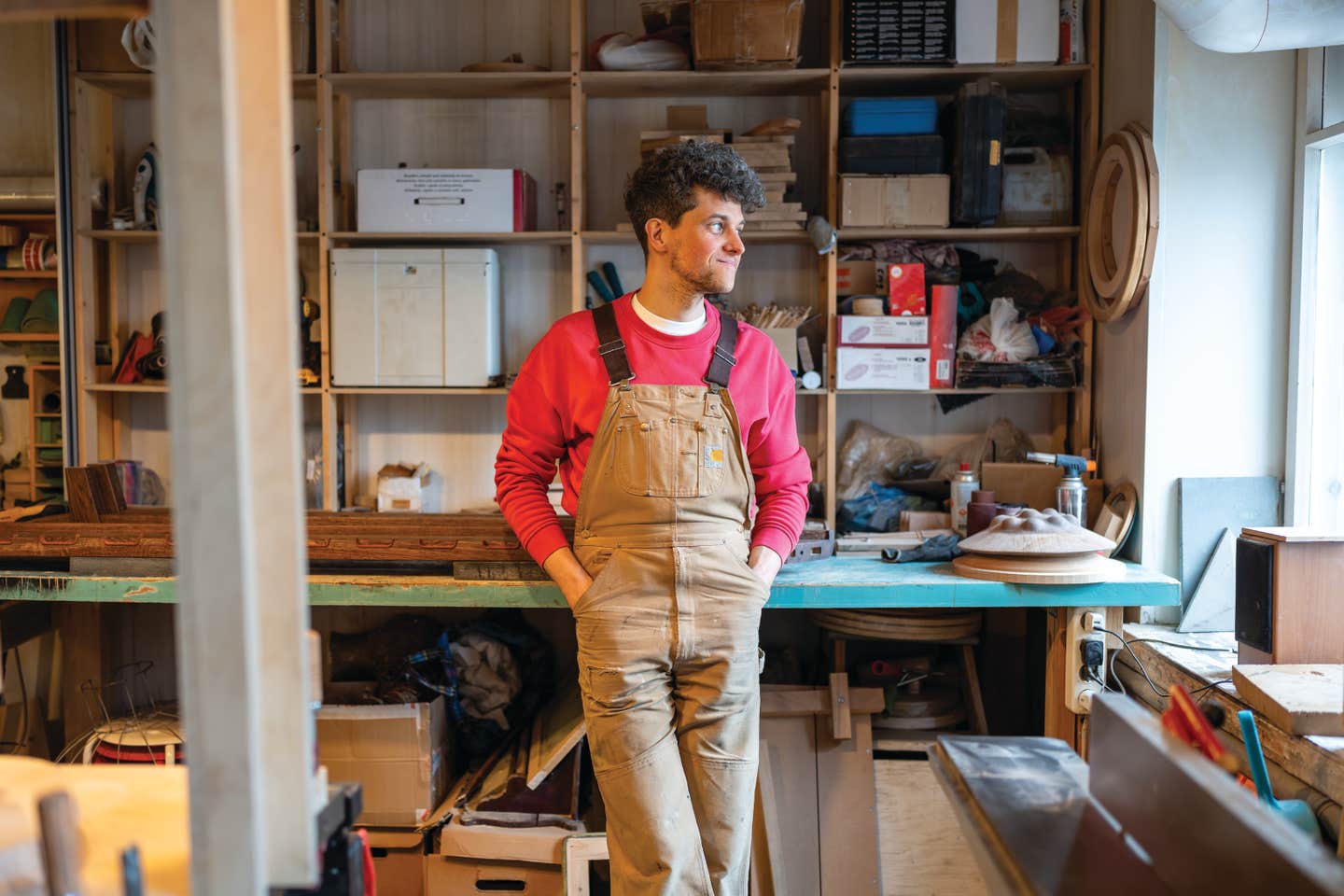Backyard mahogany jungle
Michael Tisdale lives on a five-acre property in South Florida where he maintains his own self-cultivated Cuban mahogany grove in his backyard. He planted them as seeds about 20 years…
Michael Tisdale lives on a five-acre property in South Florida where he maintains his own self-cultivated Cuban mahogany grove in his backyard. He planted them as seeds about 20 years ago and is now telling others to visit his impressive forest on Google Earth at his address at 25100 Southwest 207 Ave., in Homestead, Fla. There are currently about 400 healthy trees to view on satellite imagery.
Originally from Georgia, Tisdale moved to Pretoria, South Africa in 1986 to source exotic timber for woodturners. He moved to Homestead in 1989 and, after Hurricane Andrew struck the area in 1992, he began salvaging fallen trees throughout Miami for miscellaneous projects at home. As he was searching, he noticed some Cuban mahogany trees left standing that were more structurally sound than any others he’s seen. He believed they had good genetics for successful regrowth, so he removed several tree pods that contain about 75 seeds each. He planted about 700 seeds.
Cuban mahogany (Swietenia mahogani) is a native species of South Florida and the Caribbean. It is a different species but the same genus as Honduran mahogany (Swietenia macrophylla). The former is much more difficult to obtain than the latter.
“I was well aware that Cuban mahogany had been commercially unavailable for the past 50-plus years. They had logged it out in Cuba and then overharvested it and depleted the species in the Caribbean. It was a premiere wood for fine antique furniture such as the Chippendale and Hepplewhite,” says Tisdale.
Through the years, the trees have grown nicely, but he has endured his share of anticipated loss because of the weather. He lost 10 trees after Hurricane Katrina in August 2005 and about 100 more after Hurricane Wilma that same year. In January 2010, a deep freeze that affected many agricultural businesses in the state caused him to lose another 200 trees.
“The freeze caused the trees to go under stress from the cold and they produced a hormone that attracted ambrosia beetles,” Tisdale says. “The beetles ruined the trees.”
Still, he has continued to prune and maintain his remaining trees. The 400 still standing all average 30 feet in height and are roughly 8 to 9 inches in diameter.
Tisdale plans to keep the trees as healthy as he can for the next 10 to 15 years and then cut down some of them for commercial veneer sales. The forest also has a number of sapodilla fruit trees mixed throughout the property as well.
This article originally appeared in the July 2013 issue.







